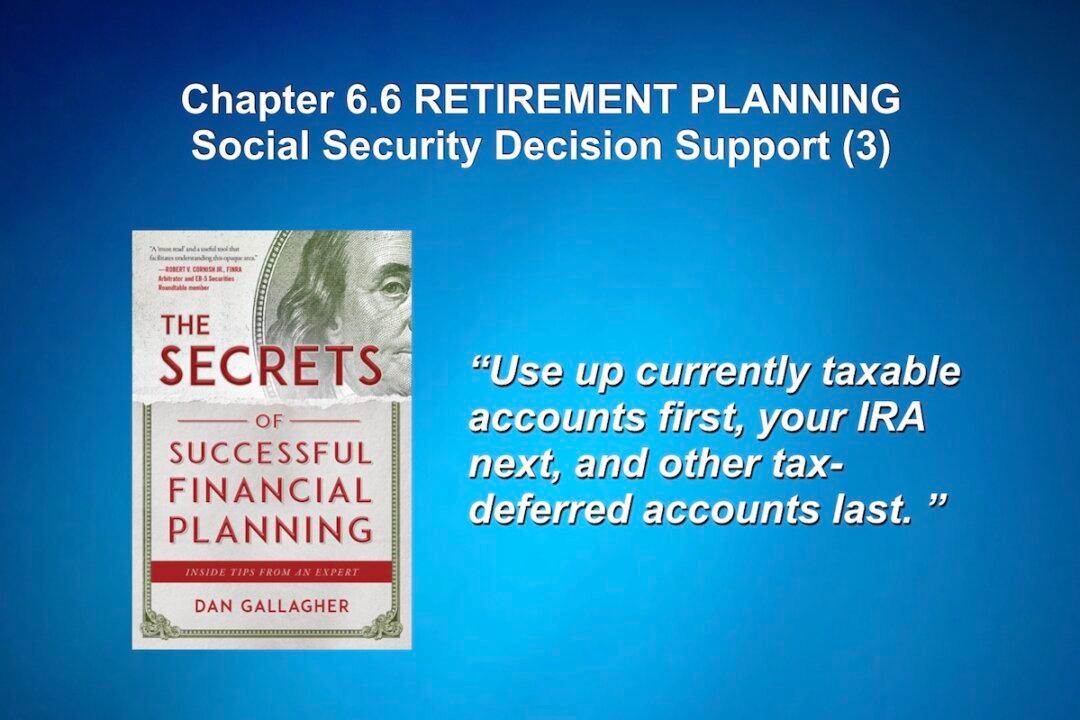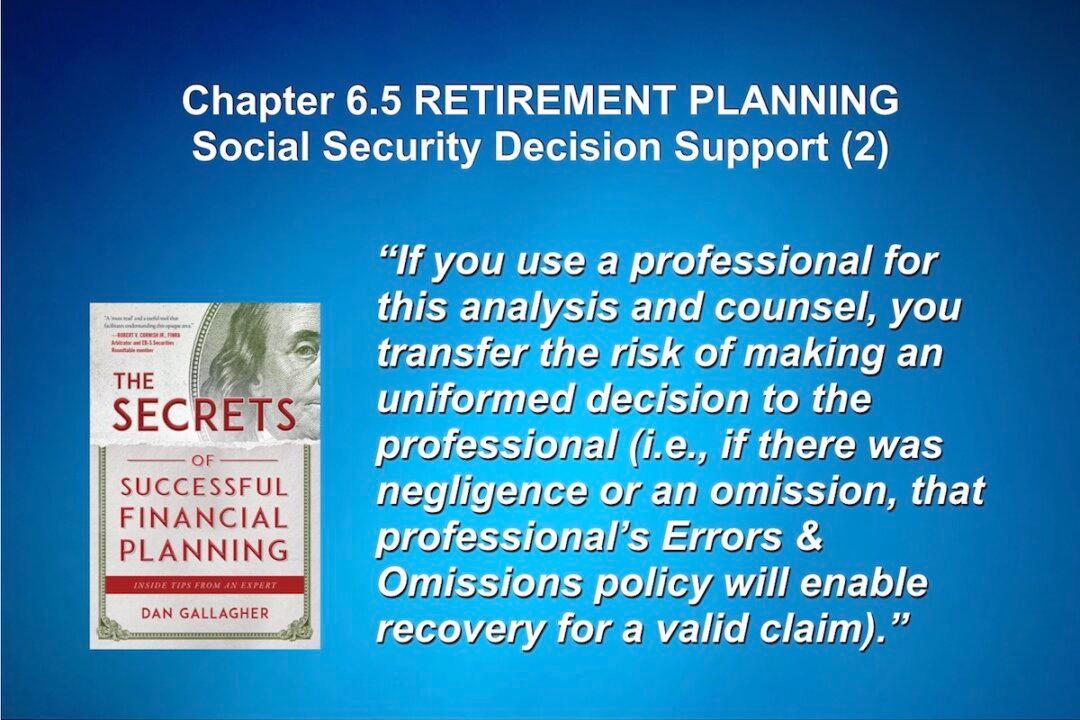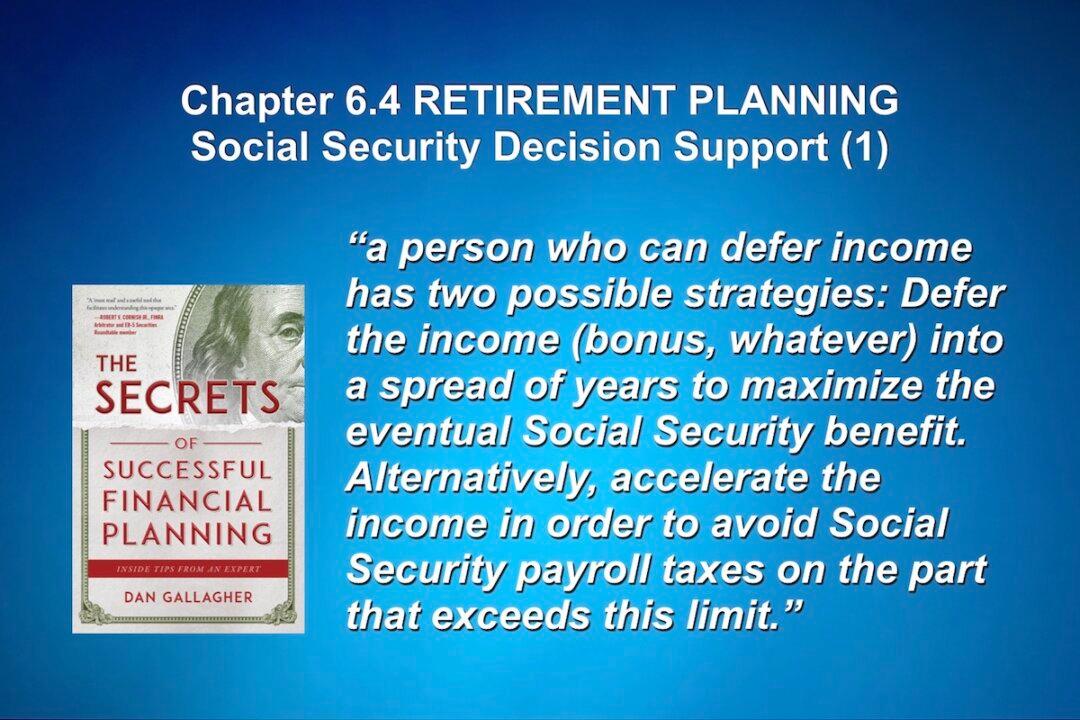The ‘Disaster Fund’
Imagine you have a mutual fund, rental property, or other asset that you have grown slowly, reserving it for LTC if that need ever strikes you. You selected the investment product to be low risk and therefore low return. You passed up annuities or LTC policies because these have potential surrender charges, and even though that expires in eight to a dozen years, you just disliked the idea in favor of more liquid assets. Of course, realty is the least liquid, costing commissions to sell off and market value loss in recessions or under pressured sale conditions. This market loss happens to bond funds, too, if interest rates rise. Now, imagine liquidating the fund or asset and paying capital gains taxes. Maybe your income tax bracket is low and the capital gain tax rate is zero; maybe tax law has changed and this bites you bigger than you thought. While it grew and paid dividends or modest rent, you used that money for upkeep and property taxes, or the mutual fund dividends bought you additional shares. You paid income taxes on those earnings. But contrast this with an income annuity that doubled as an LTC policy. Had that been the case, you would have paid no taxes along the way (deferred). If your eventual need was for income, then you could arrange for tax-advantaged income; if the need became LTC, then the money out would be entirely tax-free. In essence, you had a Tier 4 cash reserve for long-term (possibly very late in life) needs, but you sacrificed quite a bit in tax by using a vehicle that makes you pay Uncle Sam every single year: a non-LTC annuity hybrid policy, like a CD or mutual fund. So, after ten years or so of holding this CD or other non-LTC annuity, you realize that there was a cost for perceived liquidity. Ouch. And you thought avoiding surrender charge potentials was worth it! If you are wise enough to have a fund for long-term care or other late-in-life disaster, bravo! But the smartest vehicle for that purpose is the only one that is tax-deferred (tax-free for LTC use) and that loses its surrender charge over time to become fully liquid. These are guaranteed as to return and immune to interest rate fluctuations, rental market busts, etc. These are not available for IRA or qualified plan money, unless you take money out to become nonqualified money in a year when your income tax rate is quite low (some counterbalancing of loss or a dip in your income). Today, the rates in these combo annuity-LTC policies are around 2%.
Recap
There are two ways to take money from a tax-deferred, nonqualified annuity that has a long-term care rider: For income taken up to your actual LTC costs, both income taxes and penalties are permanently waived. No other investment is treated this way in the tax code.
For ordinary income needs taken from any non-qual annuity (combo annuity-LTC or otherwise), income is subject to ordinary income taxation. If you’re older than 59.5, you will not have the tax penalty under any circumstances. If you annuitize (exchange principal for maximum income), then the IRS automatically has the annuity company report the favored calculation, called the exclusion ratio, for you: Your basis is divided by your expected remaining years of life according to the IRS mortality table or the annuity company’s (if better at the time). That ratio is the part of your annuity income that is not subject to tax until you have recovered all of your basis. This is much better than the non-annuitization (withdrawals) method of taxation.
Most people do not want to give up access to their annuity principal. This is especially so when they recall that their lifetime guarantee of withdrawals rider guarantees income even when the principal is exhausted. As long as you take only what the rider guarantees, and don’t exhaust principal by taking more, it will pay lifelong. Extra withdrawals reduce income by the proportion of the excess taken to the remaining principal. The big secret is that the income from such riders is only about five percentage points less than the income from annuitizing! Unfortunately, the income tax treatment while receiving withdrawals is like any other account (CD, net rental income, whatever: earnings are recognized first). So while withdrawing income rather than taking it via annuitization, you pay income tax on all payments received, at least to the extent that you have earnings in the annuity. But at least you had a safe return above bank rates, and surrender penalties permanently go away with time and are waived anyway up to the annuity carrier’s penalty-free withdrawal privilege, which is usually 10% (taking 10% annually will exhaust the account, obviously, but at least there is no account-based penalty up to this limit).
What if you must take money from an IRA, 457 plan, or a qualified plan? I hope you never have to take retirement money prior to actual retirement. But if you must, there is a tax privilege (tax-free plan loans) for two of these three, and a tax penalty mitigation for all three. Please notice that I distinguish between income taxation and the tax penalty for early withdrawals. The following options do not exist for former employees who keep their assets at their old employer plan.





